 Benin is a country located in West Africa. From 1872 to 1960, Benin was a French Colony that France used for exporting enslaved people. Liberated from French control, Benin ended up with the cultural and economic ramifications of the Transatlantic Slave Trade. In the 1970s, Benin restructured its economy using socialist principles. However, this did not improve the country’s economic or political stability, and by the 1990s, Benin shifted into privatizing its economy. Although Benin is one of the more economically developed countries in West Africa, more than 36% of the population still lives in poverty. There are approximately 92,495 people with disabilities living in Benin. Many of those most affected by poverty have physical and mental disabilities that make their chance of escaping poverty without assistance nearly impossible. Here are seven facts about the links between disability and poverty in Benin.
Benin is a country located in West Africa. From 1872 to 1960, Benin was a French Colony that France used for exporting enslaved people. Liberated from French control, Benin ended up with the cultural and economic ramifications of the Transatlantic Slave Trade. In the 1970s, Benin restructured its economy using socialist principles. However, this did not improve the country’s economic or political stability, and by the 1990s, Benin shifted into privatizing its economy. Although Benin is one of the more economically developed countries in West Africa, more than 36% of the population still lives in poverty. There are approximately 92,495 people with disabilities living in Benin. Many of those most affected by poverty have physical and mental disabilities that make their chance of escaping poverty without assistance nearly impossible. Here are seven facts about the links between disability and poverty in Benin.
1. Increased Health Risks
A lack of hygiene and sanitation can lead to neglected tropical diseases, and this coincides with disability and poverty in Benin. About 11% of disabled Beninese attributed neglected tropical diseases as the cause of their disabilities. These include leprosy, with 214 annual cases, and lymphatic filariasis, which 6.6 million are at risk for. The most common forms of disabilities include visual, and hearing impairments, cerebral driving impairments, motor disabilities, intellectual disabilities and psychosocial disabilities.
Even though people with disabilities often require more medical attention, the average Beninese family is only able to financially cover one to two doctor visits a year. With increased access to health care, the rate of preventable disabilities could drop considerably and the care provided to disabled individuals would significantly increase their standard of living. One can see this in the World Health Organization-supported Assurance Pour Le Renforcement Du Capital Humain or ARCH program, which provides health insurance to the poorest Beninese communities. The results of this program have been massive, as more than 800,000 of the poorest people in Benin have enrolled in free health insurance and can now use public health facilities if they live near them.
2. Hazardous Living Conditions
Canes, wheelchairs and prosthetics are often unaffordable to those who experience disability and poverty in Benin, severely limiting mobility and safety in and out of the home. Disabled people who live alone are more likely to be at risk of falling or injury and can go long periods of time without needed assistance. Conversely, those living with family members are more likely to be victims of neglect or abuse than able-bodied individuals. By creating programs that provide canes, wheelchairs and prosthetics as well as care plans to people with disabilities and their families, Benin could prevent these hazardous living conditions.
3. Community Discrimination and Violence
When isolated by their community, impoverished people with disabilities’ access to emergency care, housing and social programs diminishes. Even more alarming in some Beninese communities is the traditional practice of killing babies born with physical abnormalities. In recent years, however, Benin authorities have begun a door-to-door campaign to raise awareness of the scientific causes behind infant deformities. This has resulted in fewer occurrences of disability-motivated infanticide as well as societal stigmatization towards people with disabilities. Educational and community-based programs such as this could put an end to the discrimination and violence against disabled Beninese.
4. Familial Liabilities
Without familial support, a majority of those impacted by disability and poverty in Benin do not have the means to afford basic necessities. Thus, households often consider them to be a financial burden. Additionally, families experience frequent blame for a child’s disability as people in some religions in Benin see disabilities as punishment for the parents’ misdeeds. Because of these misconceptions, the businesses of relatives of those with disabilities often struggle to retain customers.
The good news is that The Global Disability Fund has raised almost $400,000 as well as brought together four UN agencies, UNDP, UNFPA, UNICEF and WHO to meet with government leaders of Benin to advocate for better education on the causes of disabilities and inclusive treatment of people with disabilities in the country. With disability support from the government along with information campaigns about the humanity of those living with disabilities, families taking care of disabled loved ones will have a better chance of enduring poverty.
5. Limited Access to Education
Access to education is already limited for those suffering from poverty in Benin. More than 47% of the population is considered illiterate, and 77.5% of Beninese with disabilities are uneducated. Furthermore, only 2% of disabled children are actively attending school. With an increase in financial support to schools that can offer focused learning programs to those with disabilities, the option for education would become a reality for numerous children in Benin.
6. High Risk of Unemployment
More than 80% of disabled people are unemployed in Benin, causing many to fall below the poverty line. Benin’s labor code does include provisions to protect the employment rights of workers with disabilities. Unfortunately, this code often goes unenforced, as many people with disabilities have reported workplace and hiring discrimination. Fortunately, The World Bank’s Youth Inclusion Project is working to end employment discrimination in Benin. Although it does not currently have a program set up for people with disabilities, by providing vulnerable youth with technical skills, the project has helped employ 5,000 young people with little to no education since its start in 2021. With the support of external employment programs, such as expanding The Youth Inclusion Project to involve people with disabilities, the lives of many disabled people will most certainly be improved.
7. Government Oversight
A majority of public facilities are not accessible for those struggling with disability and poverty in Benin, including schools, transportation and courts. Moreover, there are reports that people with motor disabilities are frequently unable to access polling stations, depriving them of the ability to participate in the democratic process of voting. There is, however, growing government support for the proposed Promotion and Protection of the Rights of Persons with Disabilities Act which would guarantee certain rights such as voting, education and legal support.
Looking Ahead
As a result of the above reasons, poverty in Benin disproportionately affect those with disabilities. Despite economic growth over the past few years, Benin is still one of the poorest countries in the world. Because of this, Benin continues to rely on foreign aid to fund their government’s primary and developmental budgets. Nevertheless, there is still hope for disabled people in Benin suffering from poverty as national and international disability services move to invest in educational, medical and employment opportunities. This kind of financial and social support will allow people with disabilities a chance at life and acceptance in Benin.
– Amelia Dutch Player
Amelia is based in Savannah, GA, USA and focuses on Global Health and Politics for The Borgen Project.
Photo: Flickr
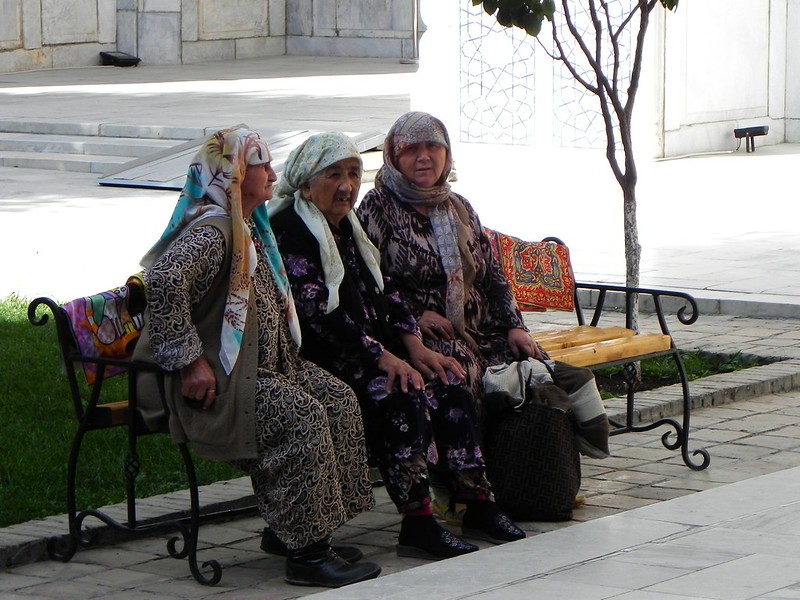 The Republic of Tajikistan – a landlocked country bordered by Kyrgyzstan, China, Afghanistan and Uzbekistan – is the smallest country in Central Asia. Although rich in natural resources, Tajikistan remains the region’s poorest country, with more than 2 million people living on less than $3.65 per day. Economic growth, driven largely by remittances, contributed to a decline in the poverty rate by around 9% in 2024, with GDP growth estimated at 8.4%. While these gains are encouraging, remittances alone cannot ensure long-term stability and ongoing efforts are necessary to improve living standards.
The Republic of Tajikistan – a landlocked country bordered by Kyrgyzstan, China, Afghanistan and Uzbekistan – is the smallest country in Central Asia. Although rich in natural resources, Tajikistan remains the region’s poorest country, with more than 2 million people living on less than $3.65 per day. Economic growth, driven largely by remittances, contributed to a decline in the poverty rate by around 9% in 2024, with GDP growth estimated at 8.4%. While these gains are encouraging, remittances alone cannot ensure long-term stability and ongoing efforts are necessary to improve living standards. In 2024, Catalonia launched one of Europe’s most ambitious
In 2024, Catalonia launched one of Europe’s most ambitious
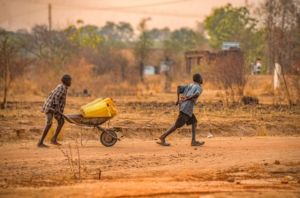
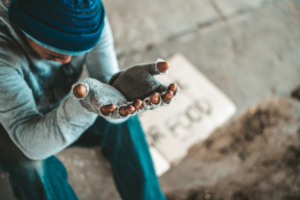
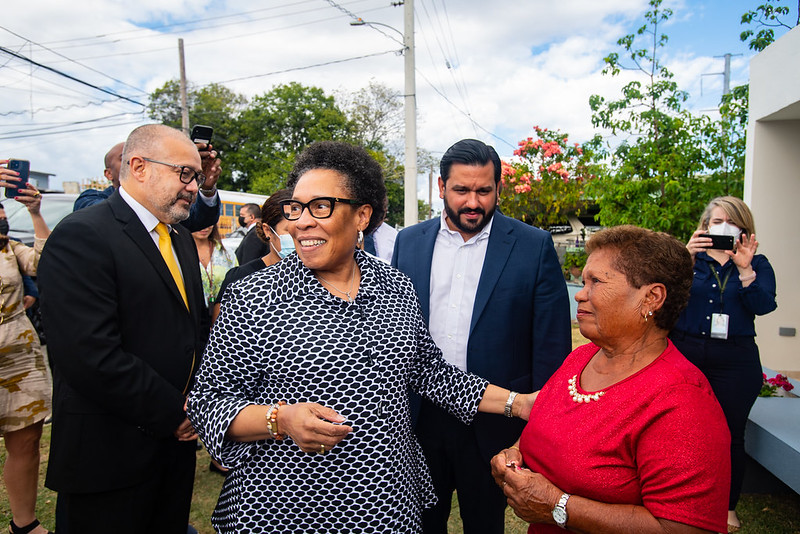
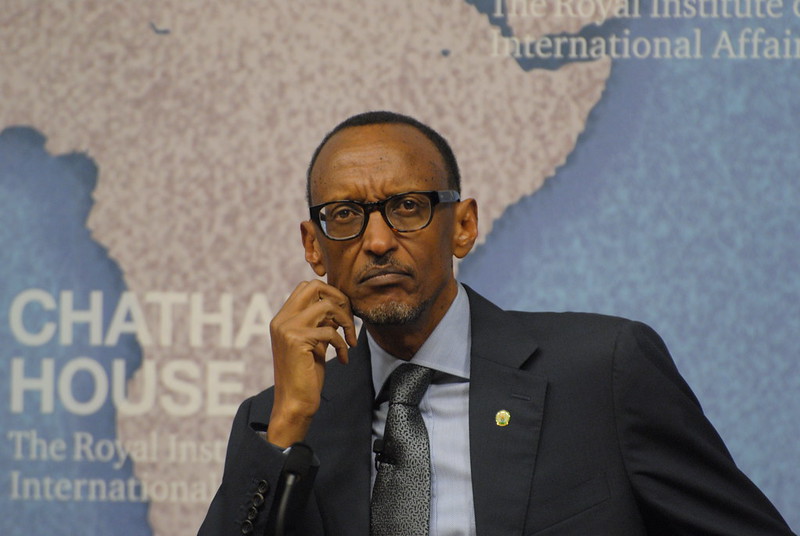 Global leaders often play a critical role in driving poverty reduction by casting decisive votes and
Global leaders often play a critical role in driving poverty reduction by casting decisive votes and 
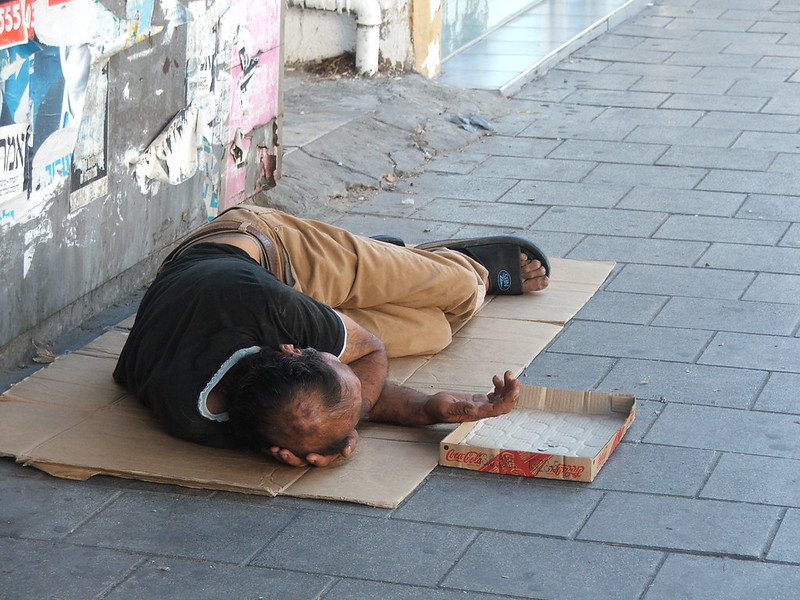
 In May 2024, the Small Island Developing States (SIDS) gathered at
In May 2024, the Small Island Developing States (SIDS) gathered at 